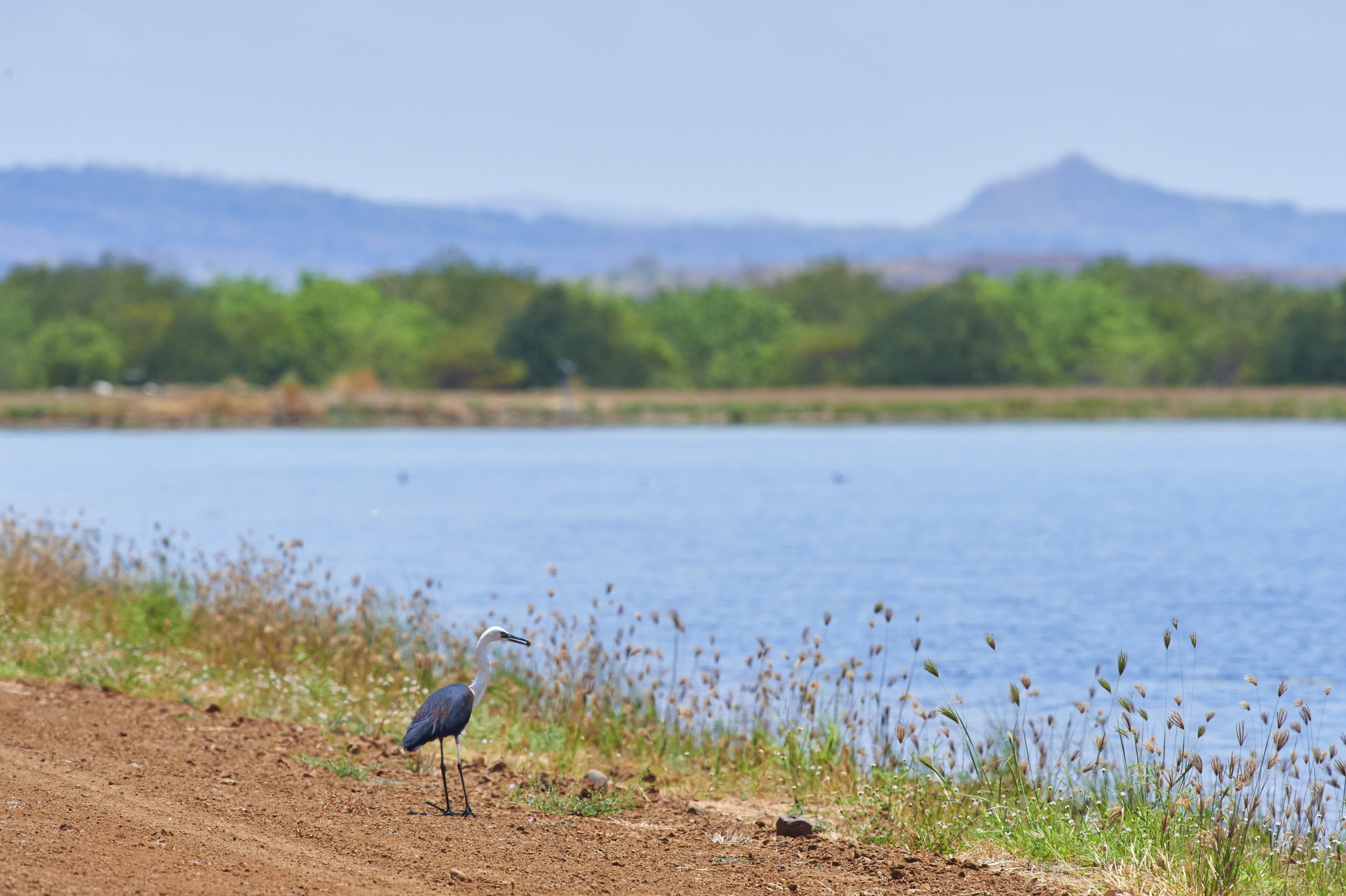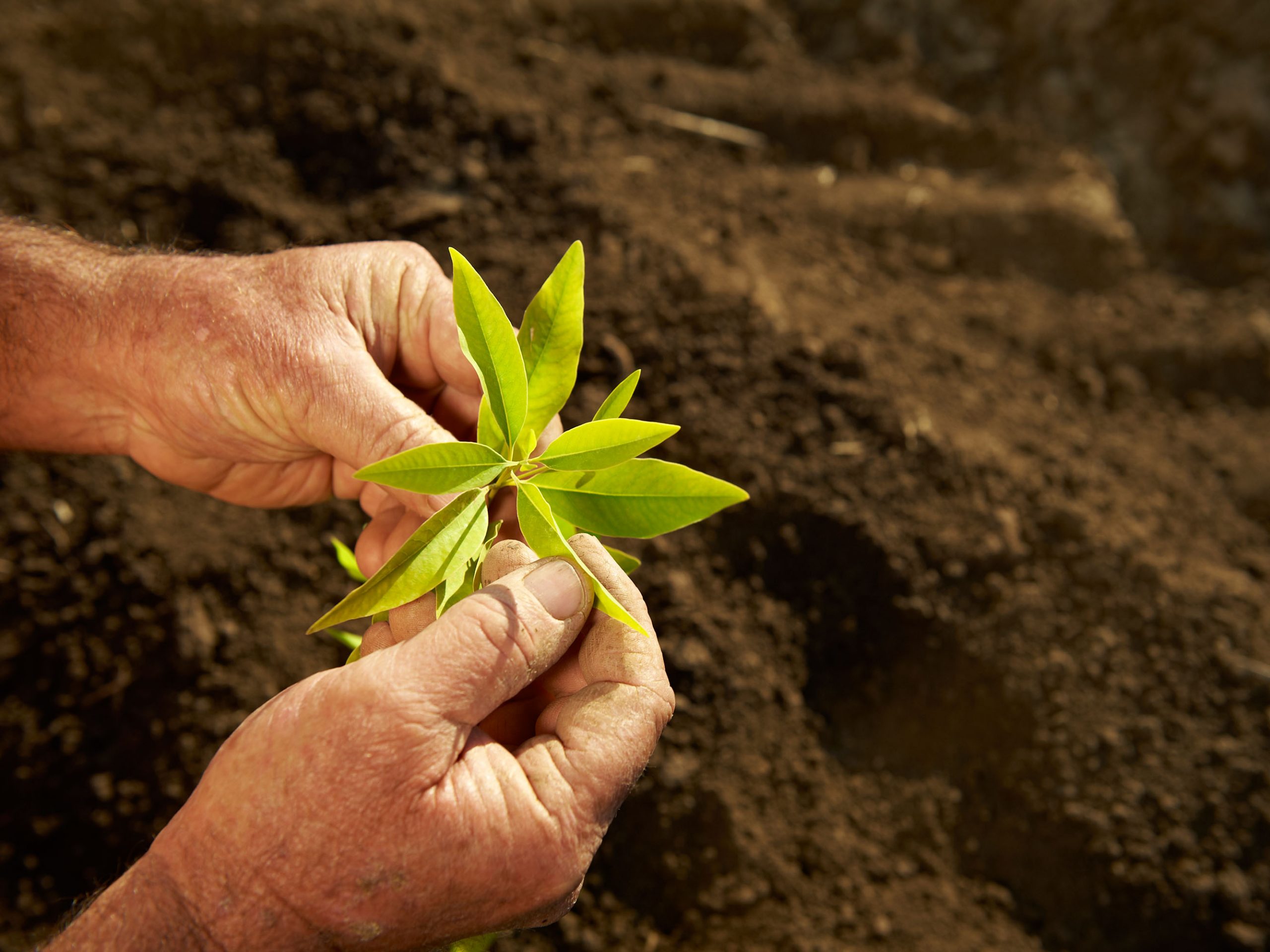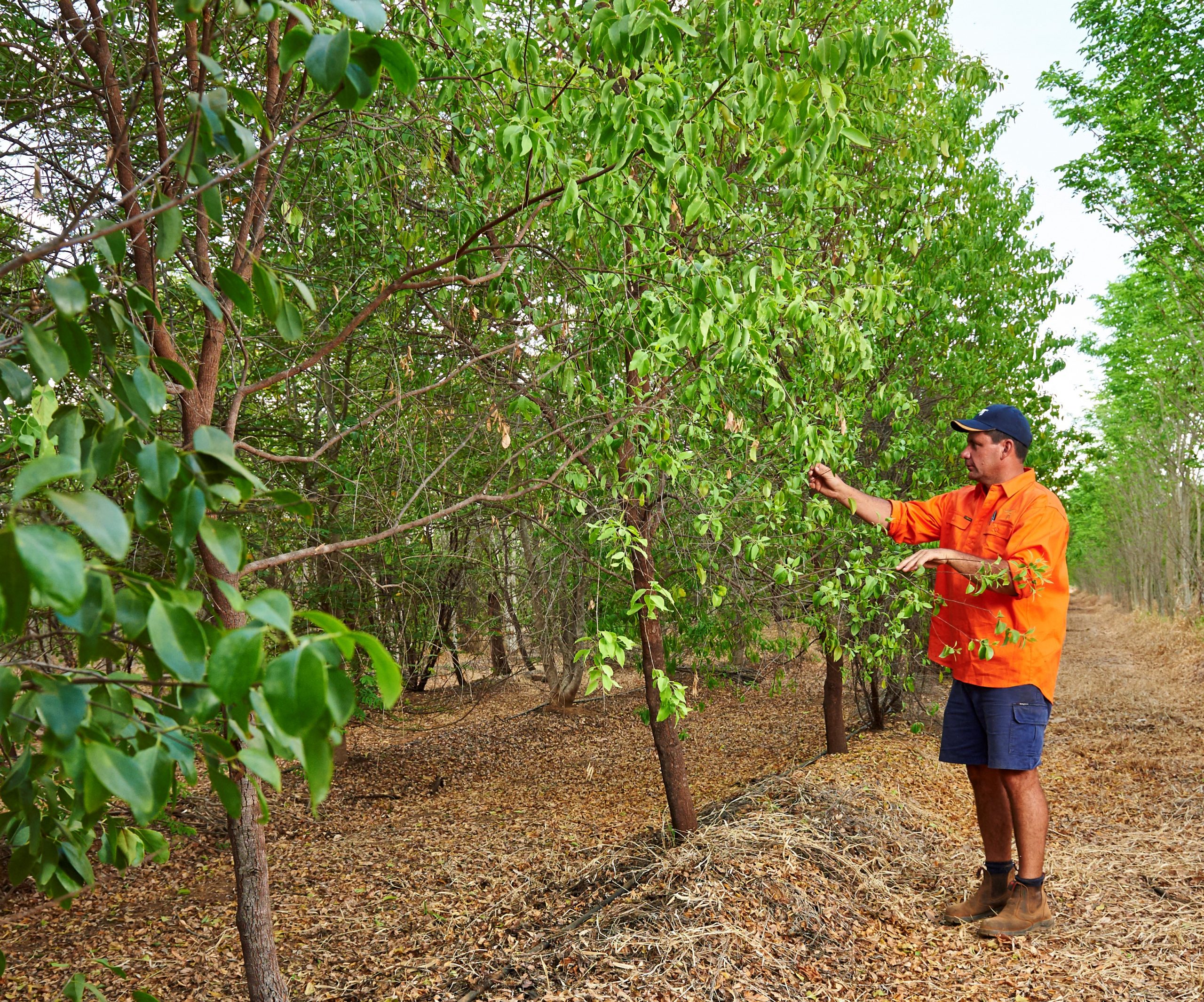Sustainability
Environmentally friendly and socially compatible forestryIn Harmony with Nature
We at Jäderberg & Cie. want to make impact investing accessible to a broad audience. A fascinating example of this approach is JC Sandalwood. With its investment capital and entrepreneurial resources, the project – supported by our co-investors – can bring about sustainability in a real and directly perceptible way.
Impact investing means that people, planet and profits are considered equally. It draws attention to the holistic contribution that an investment can make. Entrepreneurial returns are generated while creating sustainable value.
- The JC Sandalwood mixed forests comprise a total of about 1.5 million trees. Of these, about 270,000 are sandalwood trees, the rest host plants. The controlled cultivation of sandalwood protects the population in the wild.
- Sustainable cultivation practices (GMO-free, drip irrigation, etc.) promote the ability of mixed forests to sequester above-average amounts of CO2.
- According to a study, a fully grown sandalwood tree absorbs about 21kg of CO2.
Saving an Endangered Species
Sandalwood has been on the Red List of the International Union for Conservation of Nature (IUCN) as a threatened species for years. JC Sandalwood helps to prevent the extinction of valuable species. This effort has already been praised by the IUCN.
Reforestation, Biodiversity and Climate Protection
Environmental protection plays an essential role in the cultivation of sandalwood. No land was cleared for our sandalwood forests. The trees are cultivated exclusively on land that was previously used for monocultures (e.g. peanut or sugar cane cultivation) or as pasture land for livestock. The fastidious Santalum album is a hemi-parasitic tree that can only thrive with certain host plants. Therefore, new mixed forests have emerged with cultivation, providing a new habitat for plants and animals. For example, over 100 different species of animals and birds live in the Australian sandalwood forests. Mixed forest cultivation also supports the development of soil quality, as it reduces soil salinity and counteracts soil erosion. The diversity of the trees has a positive effect on the groundwater table thanks to their different root systems.
All seedlings – for both the sandalwood and the host plants – are grown in in-house nurseries. In this process, the genetic material is not manipulated in any way.
Continuous work is being done to reduce the consumption of water at all sites while ensuring the optimal rearing of the trees. For example, the use of efficient technologies such as drip irrigation or water treatment systems ensures that water is used sparingly.
The valuable sandalwood oil is extracted from the heartwood and the roots by means of steam distillation. This process leads to a high water consumption, which, however, is greatly reduced thanks to a specially developed, innovative system: The waste water is almost completely recycled using special bacteria. The remaining water consumption of the processing plant, most of which is used for cooling, is partly fed from extensively collected rainwater and, in the final step, from the municipal supplier. This saves 7 million litres of water annually.





